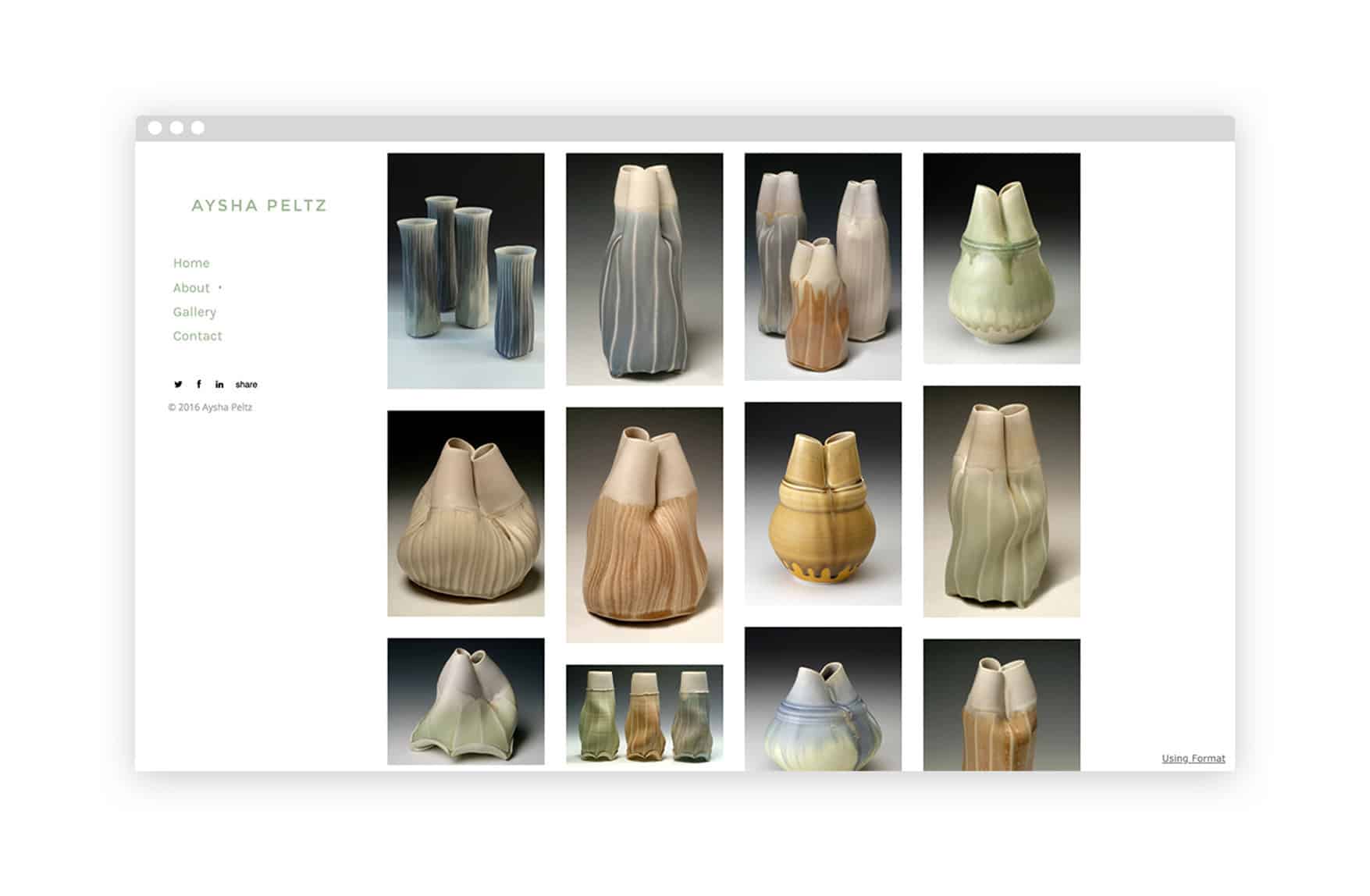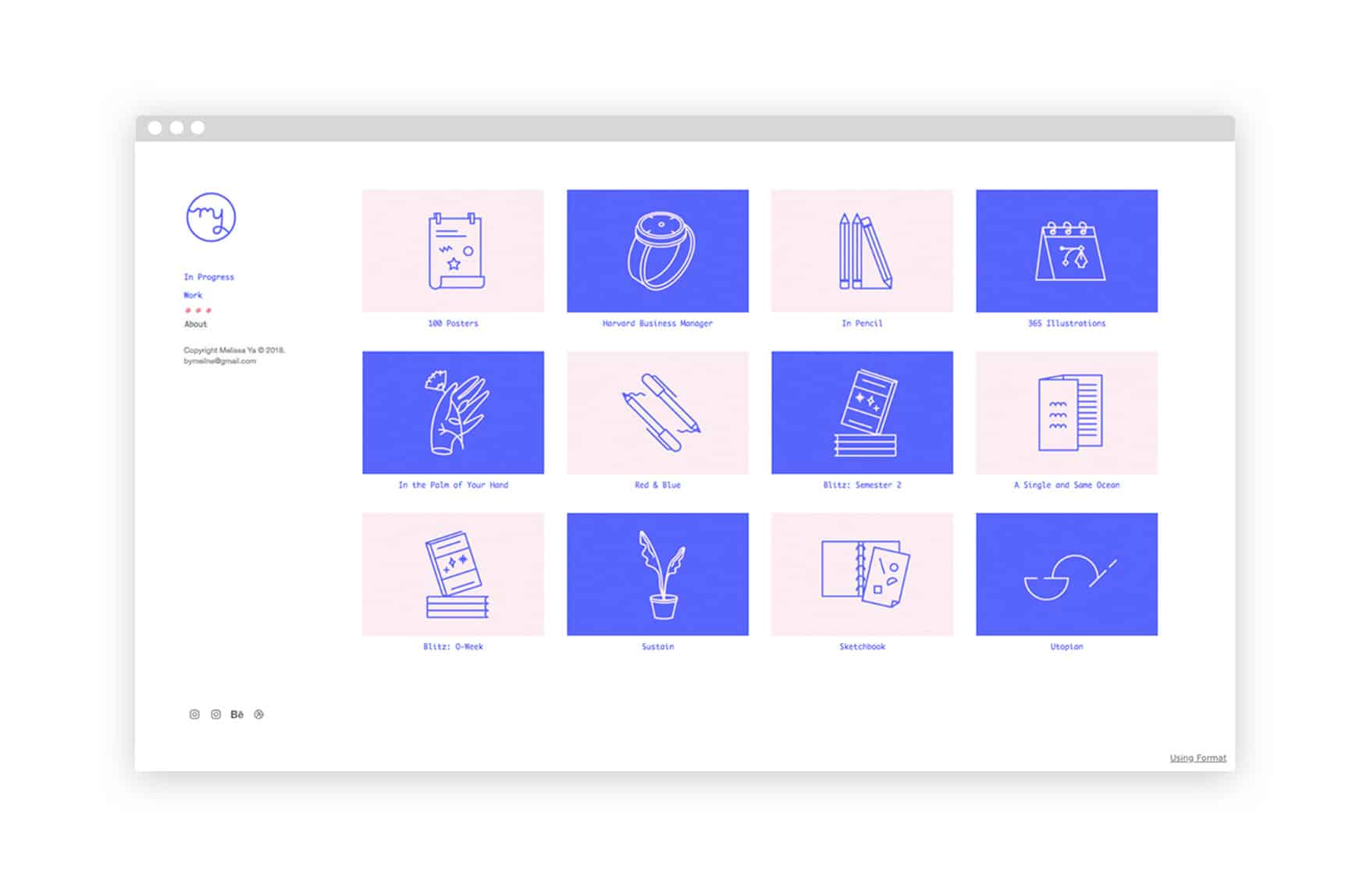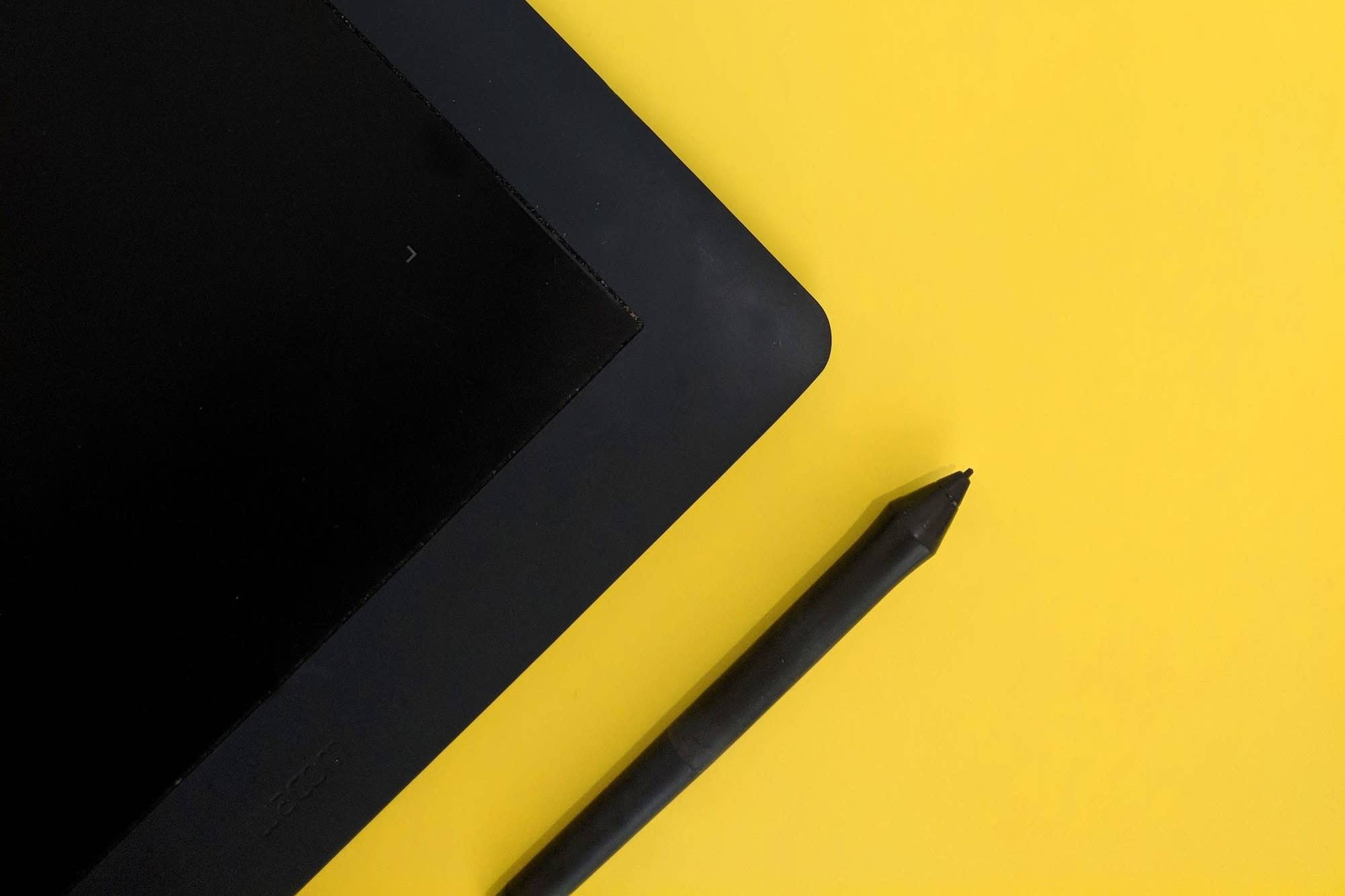With every passing year, design changes and evolves. Understanding what’s trending in the graphic design world isn’t just important for graphic designers, which is why we have done so much thinking about everything from web design trends and trends in product packaging, to Pantone’s color of the year and more throughout 2019.
Keeping your finger on the pulse of what’s happening in design will help you bring a fresh, innovative perspective to the table—whatever your creative pursuits may be. But what is happening in design in 2019? What’s new and evolving?
Interestingly enough, the graphic design trends we anticipate in 2019 are shaping up to be a story of contradictions. The trends that are set to take the design world by storm are of conflicting time periods, design aesthetics, and overall style—which gives creatives the opportunity to really push the boundaries and lend a unique edge to their designs.
Let’s take a look at some of the biggest trends set to take the design world by storm in 2019:
Revolutions in 3D
In 2019, a hyper-realistic three-dimensional aesthetic will continue to grow in popularity. Typography especially is seeing a noteworthy shift from traditional, flat font treatments to 3D masterpieces that jump off the screen. The versatility of 3D typography is appealing to designers largely because there’s so much potential for unique executions, with this trend working pretty much across the board; condensed or bold, sans serifs or serifs, script or custom—these font styles can all be given new life in 3D.
3D typography is definitely having a moment—but it’s certainly not the only place we’re seeing this three-dimensional trend. In general, 3D design allow designers the space to experiment with different 3D elements (from a different perspective on objects to texture or dimension) to create unique 3D compositions that feel new, innovative, and mesmerizing.
Asymmetrical layouts
Grid-based design has been all the rage for the past few years; as design sites continue to grow in popularity, many designers started using grid-based design by default. As it so often goes, the pendulum is swinging back, with designers looking to add layers of complexity to the often stricter parameters of a grid. This is where asymmetrical layouts come in, but it’s also why we’re seeing more and more creatives investing in high-quality site builders and portfolio services that go way beyond a simple grid (like our friends here at Format).
Asymmetrical layouts give designers the opportunity to move away from strictly rigid layouts and flex their creative muscles to indulge in designs that have more energy and movement. Overall, asymmetrical layouts can give designers much more freedom and flexibility in their designs, but it’s important to keep in mind that a complex layout can actually distract from things like photography or illustration, where more complex, inherent compositions can actually hugely benefit from a simple, grid-based system.

Ceramicist Aysha Peltz uses an asymmetrical grid to showcase her vases.
Art deco is making a comeback…
Art deco is one of the most recognizable trends of the early 20th century. We’re anticipating this design style—with all its glamour and opulence—will make a major comeback.
We’ll see everything from the sharp metallics (evocative of Gatsby-esque luxury); intense, symmetrical linework; and narrow sans serif fonts—all trademarks of the art deco era—to grow in popularity in 2019 in everything from web design, packaging design, to photography and tattoo design. Paired with a newfound taste for all things glamorous, this movement is a direct departure from the more rustic, heritage-inspired style we’ve seen a lot of in branding over the last few years.
…and so is Mid-century modern
As we mentioned earlier, 2019 is a year of contrasting trends. So it only makes sense that as Art Deco reclaims some time in the spotlight, Mid-Century Modern is also experiencing a resurgence. Thanks to its more minimalistic clean lines and overall stripped-down look, this style is often thought of as a functional response to the over-the-top flashiness of the Art Deco period.
This style is most widely associated with a revolution in European furniture design and of course the iconic advertising illustrations of the post-war era. We’re seeing this spirit creep into illustration style as it permeates other elements of design, striking a balance between modern and vintage, timely and nostalgic.
The year of the duotones and gradients
The 90s gave us a lot of things: scrunchies, Beanie Babies, Saved By The Bell—but in the design world, the 90s were all about gradients.
Gradients (which are now also referred to slightly apologetically as “color transitions”) have made an unexpected comeback in recent years—a trend that is set to continue well into 2019. In addition to more traditional, softer color combinations, we’re also seeing more experimentation with duotone fades—and, thanks in part to Spotify’s now-iconic photo treatments, many designers are calling 2019 “the year of the duotone gradient.”
Creative agency Chunk is ahead of the gradient trend.
Warm/moody/vintage color palettes
Boldly saturated duotones may still be enjoying popularity, but this is the year of contradictions—and to that effect, moody, vintage tones are having just as much of a moment.
Consider it the Stranger Things effect; this year’s on-trend colors have a muted, vintage feel that feels like a throwback to the 80s when screens, cameras, and camcorders didn’t capture the same deeply saturated colors we’ve become accustomed to. Think John Hughes famous cinematic aesthetic, with a faded, shaded, smoked out retro vibe that is dripping in moodiness even if it’s Pretty in Pink.
Custom illustrations get a little lighter
For years, illustration has tended towards thick, bold lines. But recently, more delicate illustration styles have been gaining traction—and they’re set to blow up in 2019 across the board. This style—which often pulls from natural and botanical elements—feels more feminine and elegant than recent trends in illustration. While this illustration style can be used across a number of mediums, it’s especially popular in things like tattoo and packaging design, where the intricate, elegant designs really pop against an inherently physical material.

Illustrator and artist Melissa Ya’s lighter work
Bold and buxom serifs
Illustrations are getting lighter, but fonts are getting chunkier—especially serif fonts, which have had a surprise comeback in web and print design. While sans serif fonts will continue to be a solid option for their ease of use and legibility, 2019 is gearing up to be the year of the serif. But not just any serif; this year they’re big, bold, beautiful and not afraid to embrace their charisma.
Sans serif fonts certainly have their place in designs, but after years of oversaturation, they’re starting to verge on feeling tired, expected, and bland. Bold, custom-designed serif fonts, on the other hand, feel elegant, fun, and distinctive—which is why they’re becoming the go-to for brands, designers, and creatives that really want to break through the clutter and establish themselves as a unique voice in their space, especially in magazines, large-scale print, and web headers, where they have space to bring their characteristic energy without cluttering a composition.
Open compositions
Frames have been encasing individual elements of designs for years, segmenting each element into a neat box that’s easily visible and accounted for. But in 2019, it’s all about leaving things to the imagination—and designers are starting to embrace a more open approach to their designs.
When you look at a design and feel like you’re only seeing a portion of the overall picture; that the design may stretch on for miles outside the confines of the page, canvas, or screen? That’s an open composition. There’s less of a clear hierarchy—but while elements can feel chaotic or haphazardly placed, the openness is actually extremely deliberate, with each element (including white space) being leveraged strategically to contribute to the overall open feel of the composition. This is a quirky take on minimalism that brings UX elements to potentially rather simple designs.
Isometric design
Open compositions are about leaving things to the imagination—and giving the sense of an entire universe that exists where the design ends. But in going with the theme of 2019, isometric design does just the opposite, creating detailed universes within the confines of a small space.
Isometric design might sound complex, but it’s actually fairly simple and straightforward; it’s the same method from a design perspective of drawing a 3D object—but drawing it in two dimensions. This creates a certain depth and warmth you just won’t find in purely flat design. As an added bonus, isometric designs are exported as a much smaller file than actual 3D—making it a go-to for designers who want to get a three-dimensional feel without all the compression or lag time on a web page.
Embrace the design trends of 2019
2019 is gearing up to be an innovative year in the design world. With so many contradictory trends rising in response to styles that have enjoyed their fair share of air time, there is more opportunity than ever to flex your creative muscles and create something truly one-of-a-kind. Understanding these tendencies in design empowers and inspires, so get out there and get creative—2019 style.












